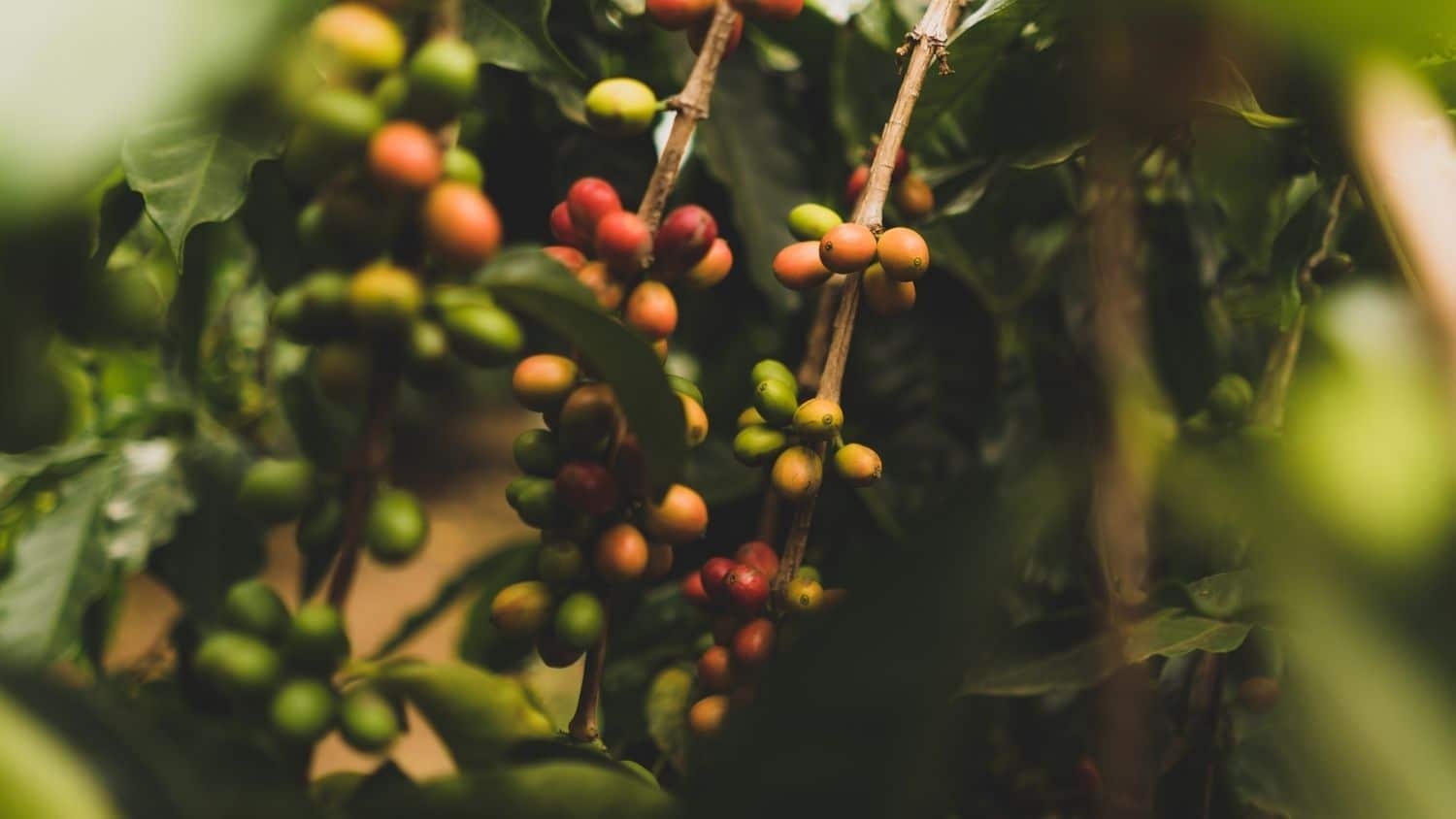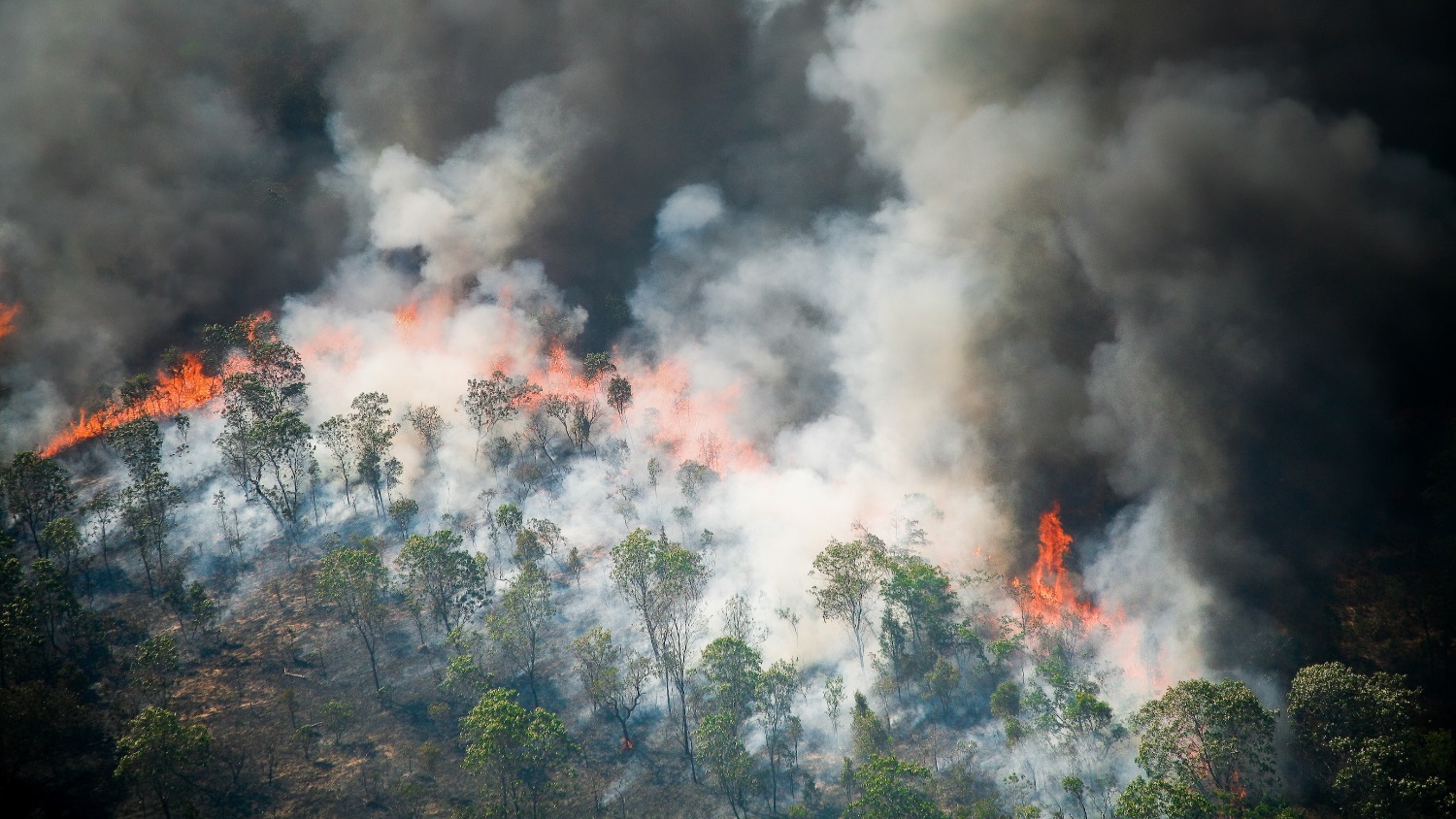Many Nonprofits, Companies Report Using Commercial Species in Tree Planting Projects

Nonprofits and companies planting trees in the tropics may often pick species for their commercial rather than ecological value, researchers found in a new analysis of organizations’ publicly available data. They also found many may not have tracked the trees’ survival.
Tree planting is a promising, but controversial, restoration strategy for fighting climate change. A new study in the journal Biological Conservation provides a detailed look at what restoration organizations across the tropics are actually doing on the ground.
“We found some organizations placed an emphasis on biological diversity and forest restoration in their mission statements. When we looked at the species they reported planting, many organizations reported planting commercial species, with chocolate, mango and teak in the top five,” said the study’s first author Meredith Martin, assistant professor of forestry and environmental resources at NC State. Martin led the study with researchers from The Nature Conservancy, a nonprofit that was also included in the analysis.
For the study, researchers analyzed publicly available data from websites and annual reports for 136 nonprofits and 38 for-profit companies, gathered using internet searches and referrals from Yale University’s Environmental Leadership and Training Initiative. Their analysis included projects focused on forest conservation, economic development, or humanitarian aims in 74 different countries, all located in the tropics or subtropics. Brazil, Kenya and Indonesia were the countries with the largest number of projects.
Of these organizations, 118 reported the numbers of trees they planted. In total, they reported planting a total of 1.4 billion trees since 1961. At their estimated average rate of planting in the tropics, it would take more than a thousand years to plant a trillion trees – a goal set by at least three global initiatives.
Organizations reported planting a total of 682 species – a fraction of the roughly 50,000 species of trees found in the tropics, Martin said. Without having access to data about numbers of trees planted by species, they estimated the percentage of organizations planting certain species. The most commonly reported species, ranked by number of projects reporting those species, were cacao, teak, moringa, mango and coffee.
Nearly half of the groups didn’t mention their planting method. The most common planting method was agroforestry, which is the integration of trees into animal or crop farming operations. Ten percent talked about planting using assisted regeneration, seven percent focused on enrichment planting, and two percent focused on natural regeneration.
“There’s been a lot of research looking at natural regeneration, which is protecting a forest and letting it regrow,” Martin said. “It can be cheaper, and more effective in terms of accumulating biomass and species diversity. There are also ways of assisting regeneration to encourage the species you want.”
Thirty-two individual organizations mentioned monitoring tree survival. Of those, eight mentioned measuring survival rates and seven mentioned maintenance of plantings. Three groups gave detailed information about monitoring, and two mentioned they worked with outside groups for monitoring or certification.
“If you’re not monitoring whether the trees you’re planting are surviving, or taking steps to ensure they’re surviving or growing, that could be a waste of money and effort,” Martin said.
Researchers say the findings are important as groups increasingly look to plant trees to mitigate climate change.
“Trees are natural and incredibly efficient carbon capture entities,” Martin said. “They’re also living organisms. They’re not just machines we can put down anywhere. Organizations need to be thoughtful about what species they are going to use and how they make sure they match the environment, as well as tracking to make sure they’re not wasting money on something that doesn’t work.”
The study, “People plant trees for utility more often than for biodiversity or carbon,” was published online in Biological Conservation on July 7, 2021. In addition to Martin, the other authors were David J. Woodbury, Danica A. Doroski, Eliot Nagele, Michael Storace, Susan C. Cook-Patton, Rachel Pasternack and Mark S. Ashton. Funding was provided by The Nature Conservancy to Yale University under grant No. P117456, GLT Global Forestry and Wood Products. Martin completed the work while based at Yale.
-oleniacz-
Note to editors: The abstract follows.
“People plant trees for utility more often than for biodiversity or carbon”
Authors: Meredith Martin, David J. Woodbury, Danica A. Doroski, Eliot Nagele, Michael Storace, Susan C. Cook-Patton, Rachel Pasternack and Mark S. Ashton.
Published online July 7, 2021, in Biological Conservation.
DOI: 10.1016/j.biocon.2021.109224
Abstract: Tree planting is both a promising and controversial solution to climate change and biodiversity loss. However, this controversy is largely theoretical because we lack detailed information of how tree planting is proceeding on-the-ground. Here, we compiled a pantropical dataset of 174 tree planting organizations to determine the type of organizations involved in tree planting, their geographic locations and tree planting approaches. We found that the number of organizations have increased by 288% in the past 30 years, especially for-profit organizations. These organizations reported planting nearly 1.4 billion trees across 74 countries since 1961. Most frequently organizations reported establishing agroforestry systems or mixed species and single species plantations or using assisted natural regeneration suggesting that tree planting programs are designed to support local communities as well as environmental objectives. Moreover, the most frequently reported species were commercial or utilitarian, with the top five including cacao, teak, moringa, mango and coffee. Finally, despite widespread efforts to plant more trees, there was a pronounced lack of monitoring on websites and in reports; only 18% of organizations mention monitoring at all, and only 5% mention measuring survival rate of plantings. Greater transparency and greater communication are needed between planting organizations and researchers to apply the most effective ways to restore forest cover. Further, while organizations often aimed to counter environmental problems, the use of the same sets of commercially useful species to meet economic development goals across the global indicates a need for greater coordination among organizations to avoid biotic homogenization.


